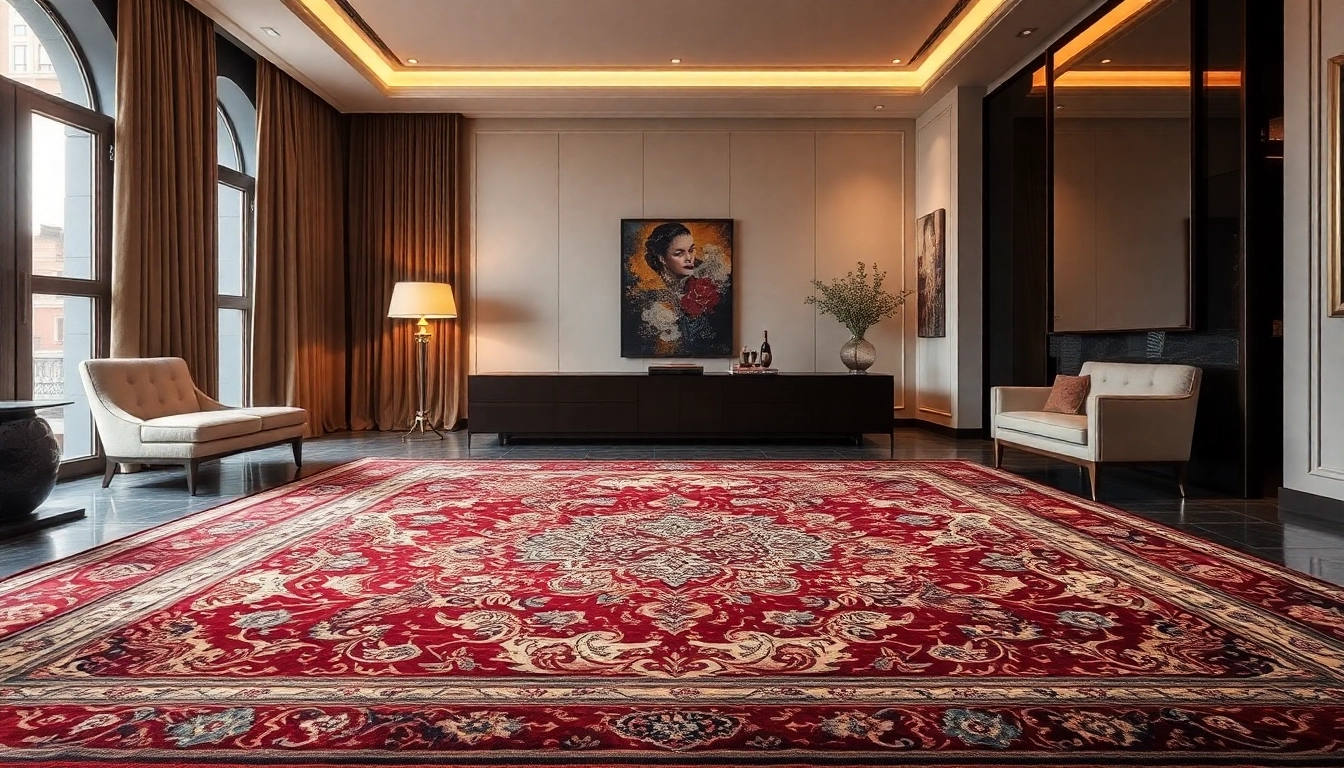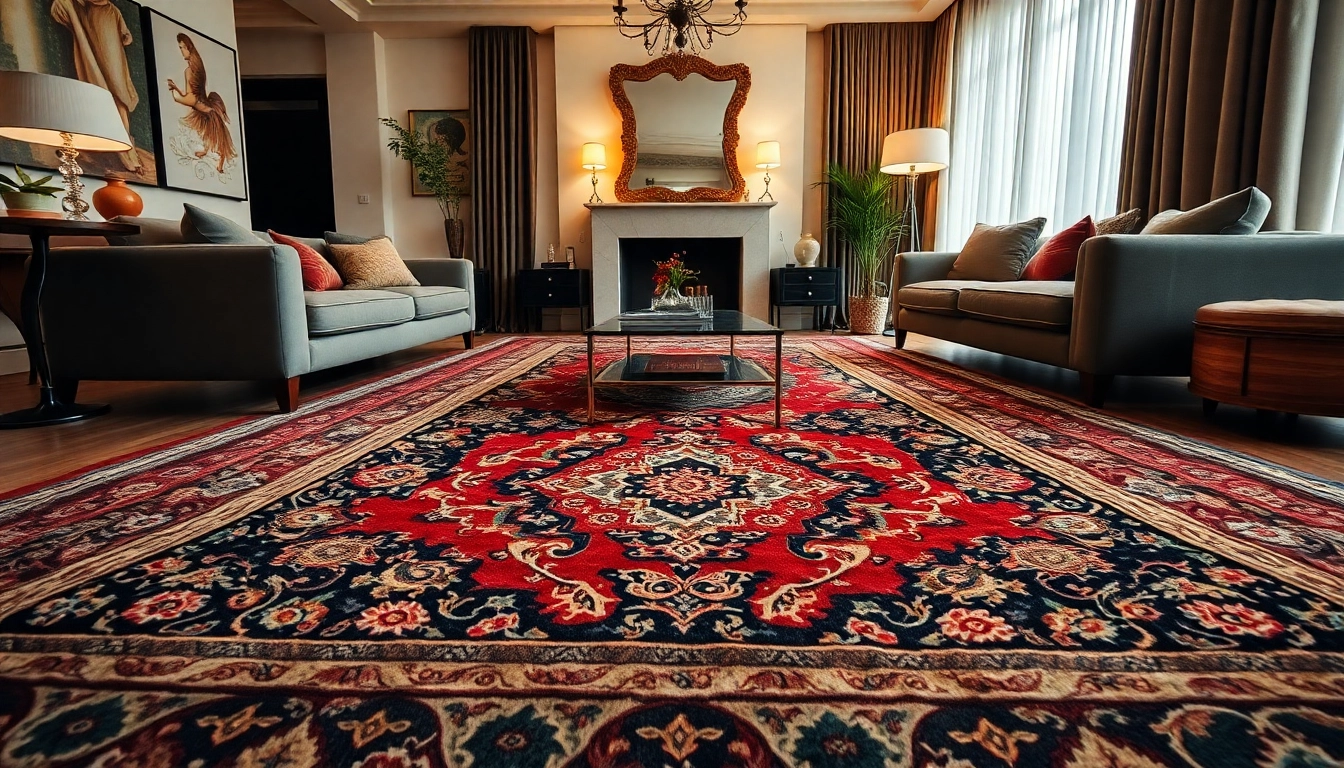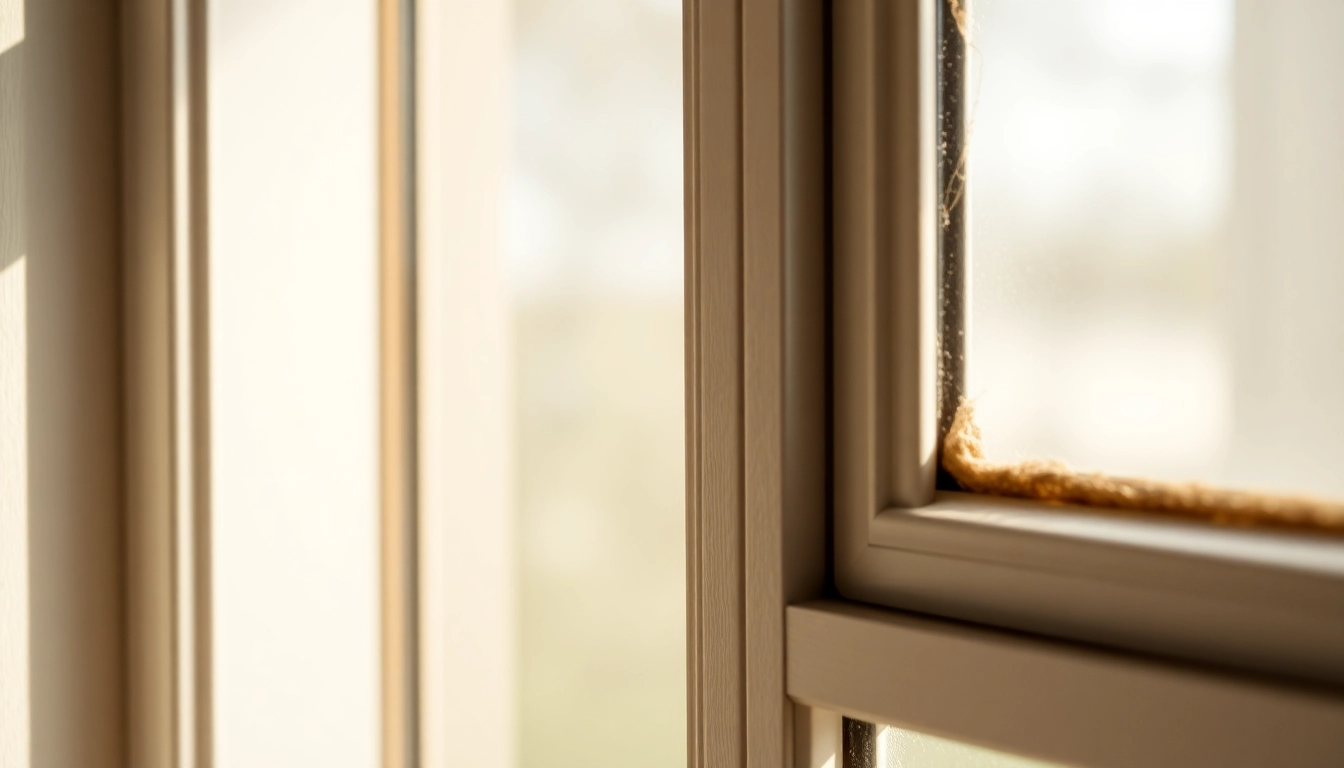Understanding the Authenticity of Tappeto Persiano Milano
Historical Significance and Craftsmanship
Persian rugs, or Tappeti Persiani, boast a storied history that spans centuries, symbolizing artistic mastery and cultural heritage. Originating from Iran, these rugs have been crafted for generations using traditional techniques that have been meticulously preserved. Their origins trace back to ancient Persia, where weaving was more than just a craft; it was an art form intertwined with cultural identity, symbolism, and storytelling. The craftsmanship involved in creating authentic Persian rugs is profoundly intricate, relying on a deep understanding of knotting, dyeing, and design principles that have been passed down through centuries.
In Milan, a city known for its discerning taste and luxurious interiors, authentic Persian rugs serve as statement pieces that epitomize elegance and cultural appreciation. They are handcrafted, with artisans often dedicating months or even years to produce a single piece. This enduring tradition ensures that each rug is a unique masterpiece, reflecting the weaving community’s artistic and technical skills.
What Makes a Genuine Persian Rug Unique?
Authentic Tappeti Persiani distinguish themselves through several key characteristics. Firstly, hand-knotted construction is essential; machine-made reproductions lack the depth and durability of genuine pieces. The density of knots per square inch often indicates quality, with higher knot counts translating to finer detail and richness in pattern.
Secondly, the motifs and patterns are deeply rooted in Persian culture, often featuring floral, geometric, or pictorial elements that convey historical or symbolic meanings. Each design is carefully woven, often inspired by local folklore, architecture, or natural elements.
Moreover, the material quality is a vital indicator. Authentic Persian rugs are predominantly made from natural fibers such as wool, silk, or cotton. The finest offerings, like those from Ghom or Qum, incorporate silk for a lustrous finish and exceptional finesse. The dyes used are traditionally derived from natural sources, creating vibrant yet harmonious colors that age gracefully over time.
Recognizing Quality Materials and Knotting Techniques
Authentic Persian rugs feature specific knotting techniques that define their quality. The most common knot styles are the Persian (or Senneh) knot and the Turkish (or Ghiordes) knot. The Persian knot allows for more detailed and intricate designs, making it highly desirable in artful and complex patterns, while the Ghiordes knot offers durability for everyday use.
Material quality also influences the rug’s lifespan and aesthetic appeal. Wool, derived from high-quality sheep, provides resilience and softness. Silk rugs, often more delicate, exemplify luxury and are prized for their sheen and fine detailing. Natural dyes—extracted from plants, minerals, and insects—ensure colors remain vivid over generations, unlike synthetic alternatives that may fade or bleed.
Choosing the Perfect Tappeto Persiano in Milan
Key Styles and Designs Popular in Milan
Milan’s interior design scene favors a blend of tradition and modernity, reflected in the diverse styles of Persian rugs available. Classic designs such as Isfahan’s intricate medallions, Tabriz’s floral motifs, and Nain’s refined patterns are perennial favorites due to their timeless elegance. Contemporary takes include geometric or minimalist reinterpretations, catering to urban lofts and modern villas.
Local clients often seek versatile designs that integrate seamlessly into various interiors. For instance, a richly detailed Tabriz rug can serve as a focal point in a traditional living room, while a simplified kilim or Kilim-inspired pattern might complement a modern aesthetic.
Size, Color, and Pattern Considerations
When selecting a Persian rug, size is critical. For large living spaces, spacious rugs (240×340 cm or larger) create a grounding effect, while smaller pieces (150×200 cm) are suited for bedrooms or accent areas. The choice of color should harmonize with existing decor—earth tones like beige, terracotta, or deep blues provide warmth and sophistication, whereas bold reds or vibrant blues add personality.
Patterns should reflect personal taste and the intended use. Floral motifs evoke classic charm, while geometric designs lend a contemporary edge. Moreover, balanced patterns can enhance visual harmony, especially in open-plan spaces.
Where to Find Reliable Sellers in Milan?
Finding authentic and high-quality Tappeto persiano Milano involves exploring reputable vendors who specialize in authentic handwoven pieces. Milan hosts several renowned shops and showrooms specializing in Persian and oriental rugs, such as Artorient Milano and Toranj, which offer expert guidance, certification of authenticity, and detailed provenance information.
It’s essential to verify a seller’s reputation, reviews, and if they offer restoration and maintenance services. Visiting showrooms provides an opportunity to examine the craftsmanship firsthand and assess the material quality before making an investment.
Maintaining and Restoring Your Persian Rug
Cleaning Tips for Longevity and Beauty
Proper maintenance ensures the longevity of your Persian rug. Regular vacuuming, ideally using a gentle brush or suction without a beater bar, prevents dirt from embedding into the fibers. Avoid harsh chemicals; instead, opt for professional cleaning performed by specialists in Milan who understand the delicate nature of these artifacts.
Spills should be addressed immediately with blotting through a clean, damp cloth. Rotating the rug periodically also prevents uneven wear, especially in high-traffic areas.
Professional Restoration Services in Milan
Restoration and repair are vital for preserving the value and appearance of antique Persian rugs. Several Milan-based studios, like Toranj or Parsa Tappeti, provide expert services including knot reweaving, fringe repair, and color restoration, using traditional techniques that respect the original craftsmanship.
When considering restoration, ensure that the service provider uses authentic materials and methods. Restoring a rug not only maintains its beauty but also sustains its value as an investment.
Tips for Protecting Your Investment
Protect your Persian rug from environmental hazards by controlling humidity and sunlight exposure. Using a rug pad helps prevent slipping and reduces wear. Strategic placement away from direct sunlight minimizes fading of natural dyes. Additionally, periodic professional inspections can detect early signs of damage, allowing timely intervention.
Pricing and Investment Value of Tappeto Persiano Milano
Average Costs and Price Ranges
Authentic Persian rugs vary widely in price, influenced by size, age, craftsmanship, and rarity. Entry-level pieces start around €200-€500 for smaller, machine-made or lesser-quality hand knotted rugs. Genuine antique or high-grade rugs from renowned centers like Ghom or Qum can command prices ranging from €1,000 to over €50,000.
In Milan, the luxury market often sees premium pricing, especially for exclusive, vintage, or rare designs. On average, a high-quality, handcrafted Persian rug typically costs between €2,000 and €10,000, making it a substantial but worthwhile investment.
Factors Influencing Price and Value
- Material Quality: Silk or fine wool significantly increases value.
- Design Complexity: Intricate patterns demand more craftsmanship.
- Origin and Rarity: Rugs from renowned weaving regions like Isfahan, Ghom, or Qum are more valuable.
- Age and Condition: Antique and well-preserved pieces fetch higher prices.
- Size: Larger rugs typically cost more due to the amount of work involved.
How to Assess Authenticity and Worth
Evaluating a Persian rug’s authenticity involves examining the knot density, material, pattern details, and provenance documentation. Professional appraisers or reputable dealers in Milan can provide objective evaluations. Verify the origin, inspect the craftsmanship up close, and request certificates of authenticity or previous ownership records.
Current Trends and Future of Persian Rugs in Milan
Design Trends and Interior Integration
Contemporary interior design is increasingly integrating Persian rugs as statement pieces that blend traditional artistry with modern aesthetics. Minimalist spaces often feature a single, richly patterned rug as the focal point. In contrast, maximalist styles incorporate multiple traditional textiles, creating layered visual interest.
Muted color palettes with subtle patterns are trending, offering versatility, while bold, vibrant designs remain popular among aficionado collectors seeking distinctive features.
Customer Preferences and Market Demand
Demand for authentic Persian rugs continues to rise among Milan’s affluent clientele and interior designers seeking timeless elegance. Millennials and younger collectors now value the artisan craftsmanship and cultural significance, contributing to a sustainable market growth.
Furthermore, the interest in sustainable and natural materials aligns well with traditional Persian rug making, reinforcing their status as eco-friendly luxury items.
Growing Popularity of Persian Rugs in Milan’s Luxury Spaces
From high-end boutiques to luxury residences, Persian rugs have become essential elements in showcasing sophistication. Their adaptability allows them to complement diverse decors, from classic palaces to contemporary art spaces. The enduring appeal of these handcrafted pieces ensures their continued relevance and desirability in Milan’s vibrant design scene.



